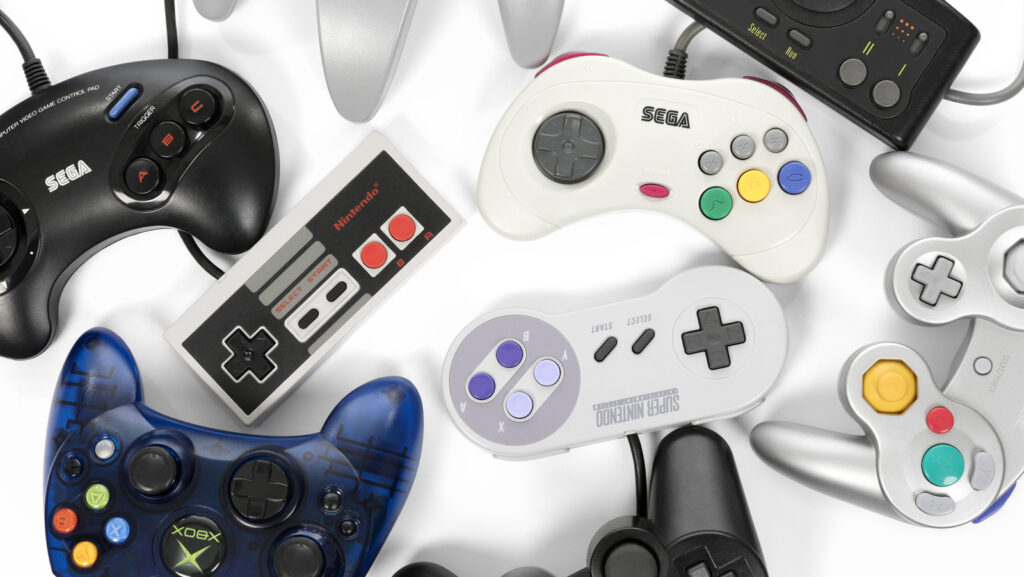Controller design has come a long way since the days of the simple NES gamepad. In 2025, one of the most significant innovations isn’t flashy lights or wireless connectivity, it’s magnetic thumbstick technology. This subtle yet impactful evolution has transformed how players experience precision in games, offering smoother control, better durability, and a more responsive feel across genres ranging from competitive shooters to intricate platformers.
Magnetic thumbsticks, often called Hall-effect sticks, replace traditional mechanical potentiometers with magnetic sensors that detect stick movement without physical contact. This means less wear and tear over time, virtually eliminating drift issues that frustrated gamers for years in consoles like the Xbox One or PlayStation 4. For competitive players, this innovation isn’t just convenience: it’s a performance upgrade. Titles like Call of Duty: Modern Warfare II, Apex Legends, and FIFA 25 benefit from the increased accuracy, allowing split-second reactions that could mean the difference between victory and defeat.
Beyond competitive gaming, magnetic thumbsticks improve the overall feel of the controller. Developers have started designing games that rely on subtle analog input, knowing players can execute delicate movements more reliably. Open-world games like Elden Ring or Starfield reward nuanced control in combat and exploration, and these sticks make fine adjustments feel natural. Even retro remakes benefit; precise movement in Metroid Dread or platforming in Hollow Knight: Silksong becomes smoother and more satisfying.

Durability is another game-changer. Traditional sticks eventually wore down, creating inconsistencies in sensitivity that frustrated both casual and hardcore gamers. Magnetic sticks can last for tens of thousands of hours without degrading, meaning fewer replacements and a longer-lasting experience. As controllers become more expensive and feature-rich, this longevity is an overlooked yet critical factor for players investing in next-gen hardware.
Looking ahead, the adoption of magnetic thumbsticks could influence the future of gaming controllers even further. With haptic feedback, adaptive triggers, and modular designs now becoming standard, precision technology ensures these additions work seamlessly with player input. It’s a quiet revolution, one that players might not immediately notice, but one that subtly reshapes gameplay, giving both casual players and esports pros the tools to play at their best.
Thanks for reading CheckPointDaily! Keep discovering more articles by tapping here.



